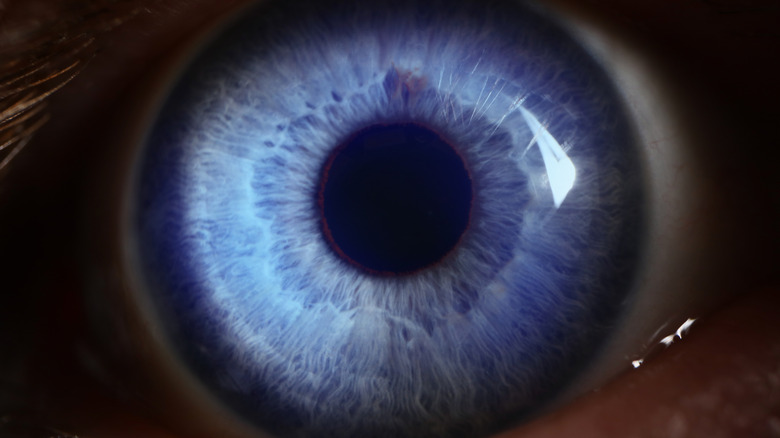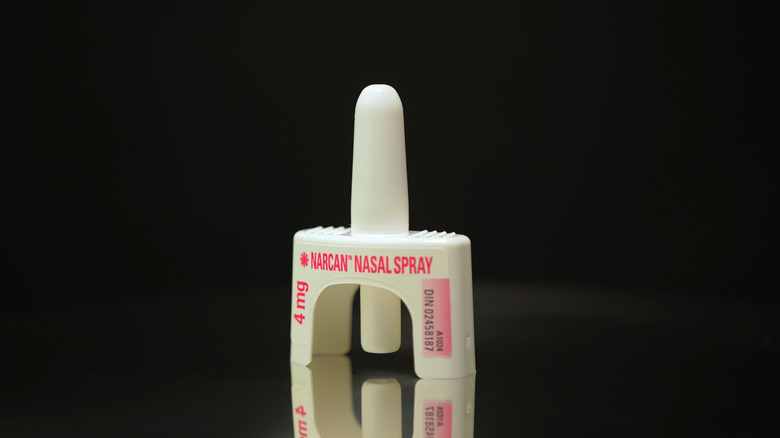What Happens If Narcan Is Used On A Sober Person?
Narcan — or naloxone to use its proper name — has been an invaluable tool in the fight against substance abuse for more than 50 years. As sad as it is, the grim truth is that drug overdoses not only continue to be a major problem, but until recently have been on the rise in the U.S., with drug overdose deaths rising by 540% between 1999 and 2022. According to the CDC, there are three main causes of these overdoses: prescription opioids, heroin, and synthetic opioids, which have recently become a major problem.
In 2022, for example, around 68% of overdose deaths were as a result of synthetic opioids, most of which involved fentanyl or fentanyl-type drugs. That same year, almost 108,000 people died from drug overdoses in the U.S., which equates to around 296 deaths per day. In the two and a half years since, there have been some relatively encouraging signs, with just 80,391 drug overdose deaths recorded in the country during 2024, which represents a decrease of 26.9% from the 110,037 deaths estimated in 2023. However, that's still tens of thousands of people dying of drug overdoses.
Considering how effective naloxone is in the fight against these tragic statistics, it couldn't be more important. The medicine can be easily administered via an automatic injection device or nasal spray and can save lives by counteracting the effects of opioids. That is, of course, the main purpose of naloxone, but if you're the curious type, you might have also wondered whether giving a sober person a shot of the medicine would induce some sort of adrenaline-fueled heightened state of awareness. Perhaps it would even prove dangerous. Well, as it turns out, neither of those outcomes would actually happen.
Using Narcan on a sober person is basically the same as not using it at all
The actual term for Narcan is naloxone, but ever since the first commercially available form of it was approved and branded as Narcan, the name stuck, to the point that it is now used — inaccurately — to refer to all types of naloxone formulations and brand names. The medicine itself is what's known as an opioid antagonist, which means that it attaches to opioid receptors and reverses the effects of opioids. Receptors are protein molecules on the surface of neurons which enable the transfer of chemical signals from the outside to the inside of the brain. Opioid receptors deal with the body's response to most hormones, neurotransmitters, and drugs, and Narcan, or naloxone, reverses the opioid effect entirely. Since naloxone has a stronger effect on the receptors, it essentially knocks the opioids off those receptors, reversing their effect on the nervous system. This can restore normal breathing to someone whose respiration may have slowed due to an opioid overdose.
In the 50 years it has been in use in the U.S., naloxone has reportedly treated more than 10,000 opioid-related overdoses. But what would happen if you were to use the medicine while completely sober? The answer is a bit of an anticlimax. Since naloxone merely reverses the effect of opioids on opioid receptors, it would have absolutely no effect on someone without opioids in their system. On the plus side, however, using Narcan on a sober person won't harm them in the slightest.

